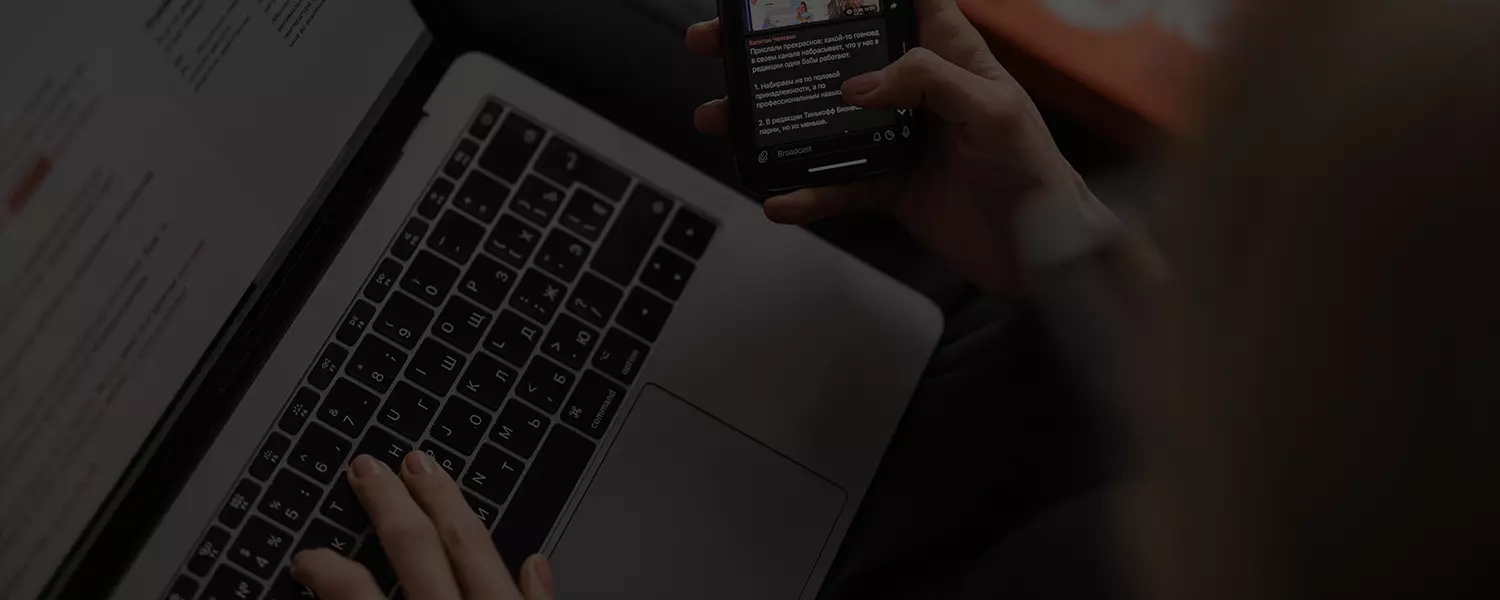
Who Can Make a Public Liability Claim? Understanding Your Eligibility
Public liability claims are a critical aspect of personal injury law, providing an avenue for individuals to seek compensation for injuries sustained in public or private spaces. Understanding one’s eligibility to make a public liability claim is crucial. This blog aims to elucidate the eligibility criteria for making a public liability claim, emphasizing its relevance and significance to the average person with limited understanding of the law.

1. Eligibility Criteria for Making a Public Liability Claim
Public liability claims are accessible to individuals of all ages, be they adults or minors. However, it is imperative to note that the process may vary depending on the claimant’s age.
For adults, the procedure is relatively straightforward. On the other hand, claims made on behalf of minors may necessitate additional steps and considerations, ensuring the child’s best interests are at the forefront, as the compensation might be held on trust by the public trustee until the minor turns 18.
Public liability claims are not confined to injuries sustained in public spaces alone. They also encompass incidents that occur in privately-owned spaces, provided these areas are accessible to the public. This broadens the scope of potential claims, ensuring that individuals are protected regardless of where the injury transpires.
2. The Role of Negligence in Public Liability Claims
2.1 Understanding Negligence
Negligence, in legal terms, refers to the failure to take reasonable care to avoid causing injury or loss to another person. In the context of public liability claims, establishing negligence is a crucial component of the case. For a claim to be successful, the claimant must prove that the party at fault owed them a duty of care, breached this duty, and that the breach directly resulted in their injury or loss.
The assessment of negligence is a nuanced process, considering the specific circumstances of the incident and the actions of all parties involved. It involves determining what a ‘reasonable person’ would have done in a similar situation and whether the actions (or lack thereof) of the party at fault deviated from this standard.
2.2 Proving Negligence in Your Claim
The onus of proving negligence falls on the claimant. This means that for your public liability claim to be successful, you must provide sufficient evidence to establish that negligence occurred. This evidence can take various forms, including but not limited to:
- Witness statements: Accounts from individuals who witnessed the incident can provide crucial details and corroborate your version of events.
- Photographic or video evidence: Images or footage capturing the incident or the hazardous conditions that led to the injury can be compelling evidence.
- Expert testimony: In some cases, the opinion of an expert in a relevant field may be necessary to establish that the standard of care was not met.
- Medical records: Documentation of your injuries and the treatment you received can help establish the extent of your damages and link them to the incident.
However, proving negligence is not always straightforward. Challenges may arise, such as conflicting witness accounts, the absence of clear evidence, or disputes regarding the extent of the damages sustained. These hurdles underscore the importance of meticulous documentation and the gathering of comprehensive evidence to bolster your case.
3. What to Do If You Think You’re Eligible
3.1 Gathering and Preparing Your Documentation
If you believe you are eligible to make a public liability claim, the first step is to gather and prepare your documentation. Key documents and information to collect include:
- A detailed account of the incident: Include date, time, location, and a step-by-step description of what transpired.
- Contact information: Gather the names and contact details of any witnesses and the parties involved.
- Photographic evidence: Take pictures of the scene, any hazards present, and your injuries.
- Medical records: Obtain copies of medical reports, treatment records, and bills related to your injuries.
Organizing your evidence is equally important. Ensure that your documentation is in order, clearly labeled, and easily accessible. This will expedite the process when consulting with a lawyer and increase the likelihood of a favorable outcome.
3.2 Seeking Legal Advice
Consulting with a lawyer is a critical step in establishing and pursuing your public liability claim. A legal professional can assess the merits of your case, provide guidance on the necessary documentation, and help navigate the complexities of personal injury law.
Ascent Lawyers stands out as a trusted ally in this process. With a team of experienced professionals, we are committed to ensuring that your rights are protected and your case is handled with the diligence it deserves. We offer free initial consultations, providing you with the opportunity to discuss your case and receive expert advice without any financial obligation. Visit Ascent Lawyers for more details.
4. Time Limits for Making a Claim
The law stipulates a standard three-year time limit for making a public liability claim, commencing from the date the injury occurred. Adhering to this timeline is paramount, as failure to do so could result in the forfeiture of one’s right to claim compensation.
The importance of acting quickly cannot be overstated. Time is of the essence in public liability claims, and procrastination could have severe consequences. Missing the deadline not only jeopardizes one’s chances of receiving compensation but also denies them the opportunity to hold the responsible parties accountable.
5. When You Might Not Be Eligible for a Public Liability Claim
5.1 Injuries Resulting from Car Accidents
It is crucial to understand that injuries sustained in car accidents generally fall under a different category and are typically dealt with through Compulsory Third Party (CTP) insurance claims, rather than public liability claims. In Queensland, CTP insurance is a mandatory requirement for all registered vehicles, ensuring that compensation is available for individuals injured in a motor vehicle accident.
To be eligible to make a CTP claim, the injured person must not be the at-fault driver. The process for making a CTP claim in Queensland involves notifying the relevant CTP insurer, submitting a claim form, and providing necessary supporting documentation, including medical evidence of your injuries. The claim will then be assessed, and compensation awarded based on the extent of the injuries and the circumstances surrounding the accident.
5.2 Work-Related Injuries
When it comes to injuries sustained in the workplace, a distinction must be made between public liability claims and workers’ compensation claims. In Queensland, work-related injuries are typically handled through WorkCover Queensland, the state’s workers’ compensation scheme.
To be eligible for a WorkCover claim, an individual must meet the following criteria:
- Be classified as a ‘worker’ under the definitions provided in the Workers’ Compensation and Rehabilitation Act 2003.
- Have sustained an injury during the course of work or in relation to work activities.
It is important to note that in cases of work-related injuries, a public liability claim may not be the appropriate or most beneficial course of action. Workers’ compensation claims through WorkCover Queensland are designed to provide quick and efficient access to compensation and rehabilitation for injured workers, ensuring they receive the support they need to recover and return to work.
6. Conclusion
Understanding your eligibility and the role of negligence in public liability claims is essential for pursuing compensation. Remember, our expert team at Ascent Lawyers is ready to assist you every step of the way. We offer a free initial consultation and operate on a No Win No Fee basis. Don’t hesitate to reach out to us through our contact page or learn more about our free consultation policy. For more information about our services, visit Ascent Lawyers’ Compensation Law page and our specialized section on public liability.






